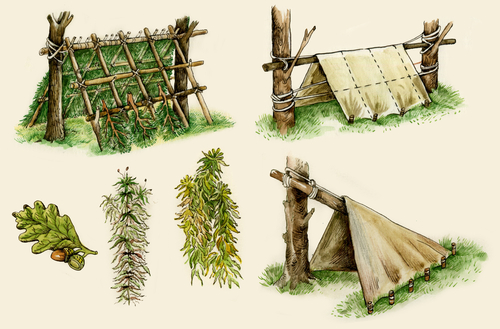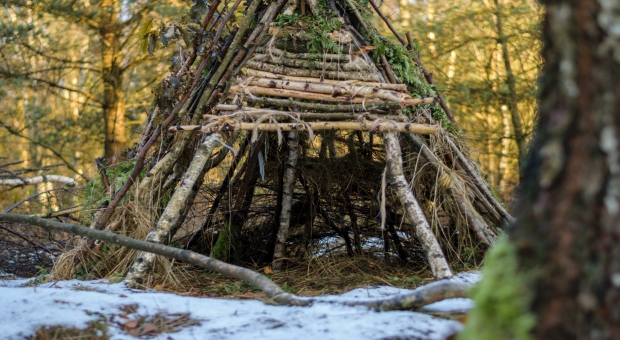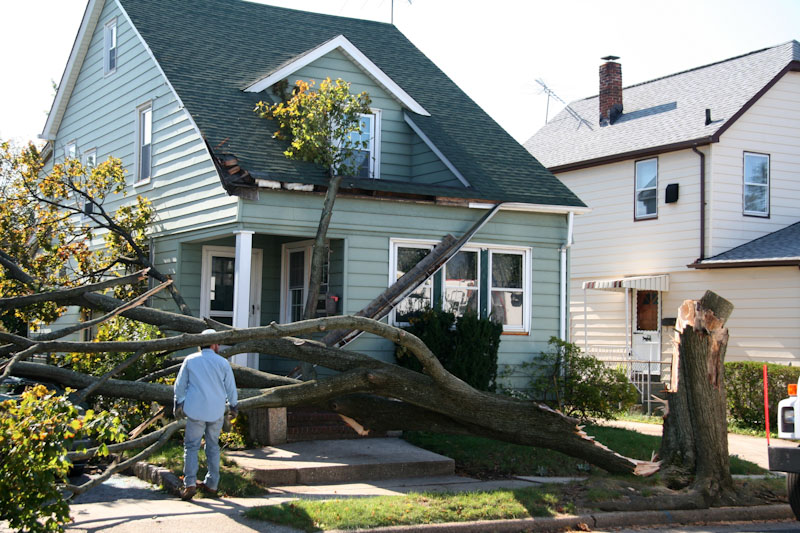There are many reasons you should know how to build a shelter in the outdoors, whether it’s to keep yourself protected whilst sleeping or from bad weather conditions and animals.
This article will show you exactly how to build a shelter in a variety of different ways and using different resources.
This is a guide that anyone can follow – we’ve specifically chosen designs of shelter that are easy to construct, no matter the resources you have with you.
We do recommend that you always take an essential set of items with you when you set out into the wilderness, whether it’s on a hike, a camping trip or your own adventure. In case you find yourself stranded without any equipment however, we’ve split this article into two sections: how to build a shelter with your own resources and how to build a shelter without.
Click here to find out more…<<
 A tree shelter… your best option
A tree shelter… your best option
Few wilderness survival resources are more important than trees, so making camp in proximity to trees often makes a great deal of sense as it puts the survivor’s shelter in proximity to resources and often provides a solid support structure off which to build.
Trees can also provide areas to build a shelter that are relatively free from deep snow. In these cases, trees can save a great deal of time and work.
Saving work by building off what is already provided by nature burns fewer calories and helps keep the survivor from working up a sweat, which can lead to severe discomfort or put the survivor at risk of hypothermia in cold weather.
Briefly:
- Trees mean shelter from cold and heat alike, some species indicate the presence of surface water and any good camp site has an inexhaustible supply of firewood, so make for the trees.
- Choose multipurpose hammock gear over the highly specialized stuff. Your expensive hammock may be comfy, but can’t catch dinner, secure an elk quarter to pack frame or be repurposed as a ghillie cloak.
- In addition to many other survival uses, an autolocking carabiner doubles as a set of brass knuckles you can take almost anywhere, so clip one on your go bag. Add a length of 1” tubular webbing and you now have a lot more capability than if you only carry para cord.
- Most hominid apes, including humans, build nests. Whether or not you believe in evolution, your ancestors have been building nests in trees for a long time, so you could say it is in your DNA.
Click here to find out more about Building Your Tree Shelter…<<
How to have an invisible shelter…
We are living in times when people believe that a growing economy and an increase in job opportunities equates to some strange kind of mayhem, destruction, and chaos.
Also foreign adversaries are just as eager to cause problems no matter what we do to advance ourselves and our allies.
Combined with all the natural disasters that are increasing in rate and severity, prepping and complex survival scenario planning become more important than ever. Having a survival shelter helps you survive, and so is ensuring that others cannot find it.
Click here to keep reading about how to keep your survival shelter our of sight…<<








